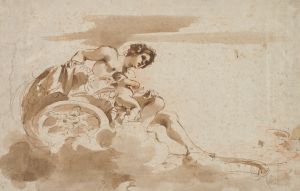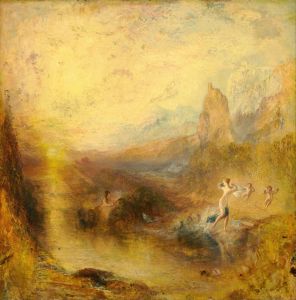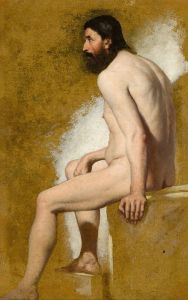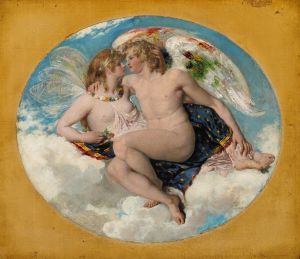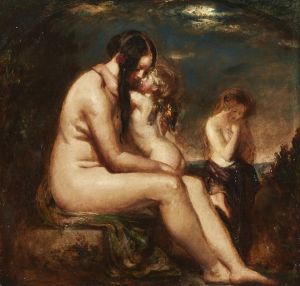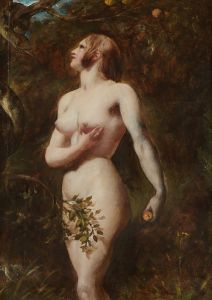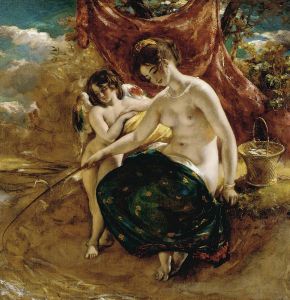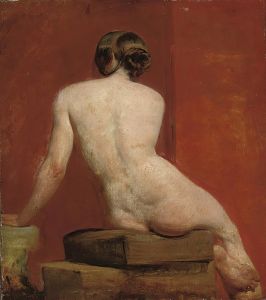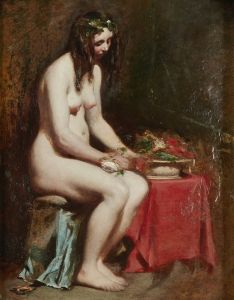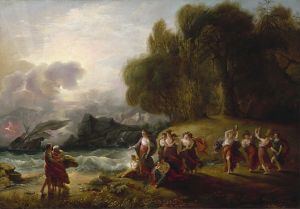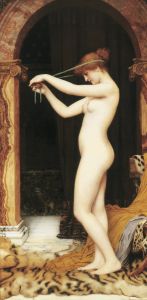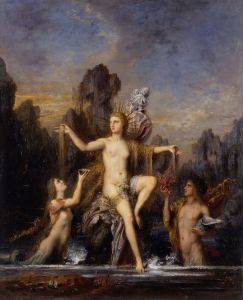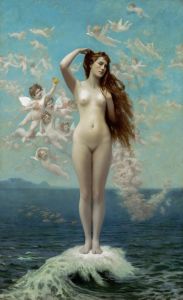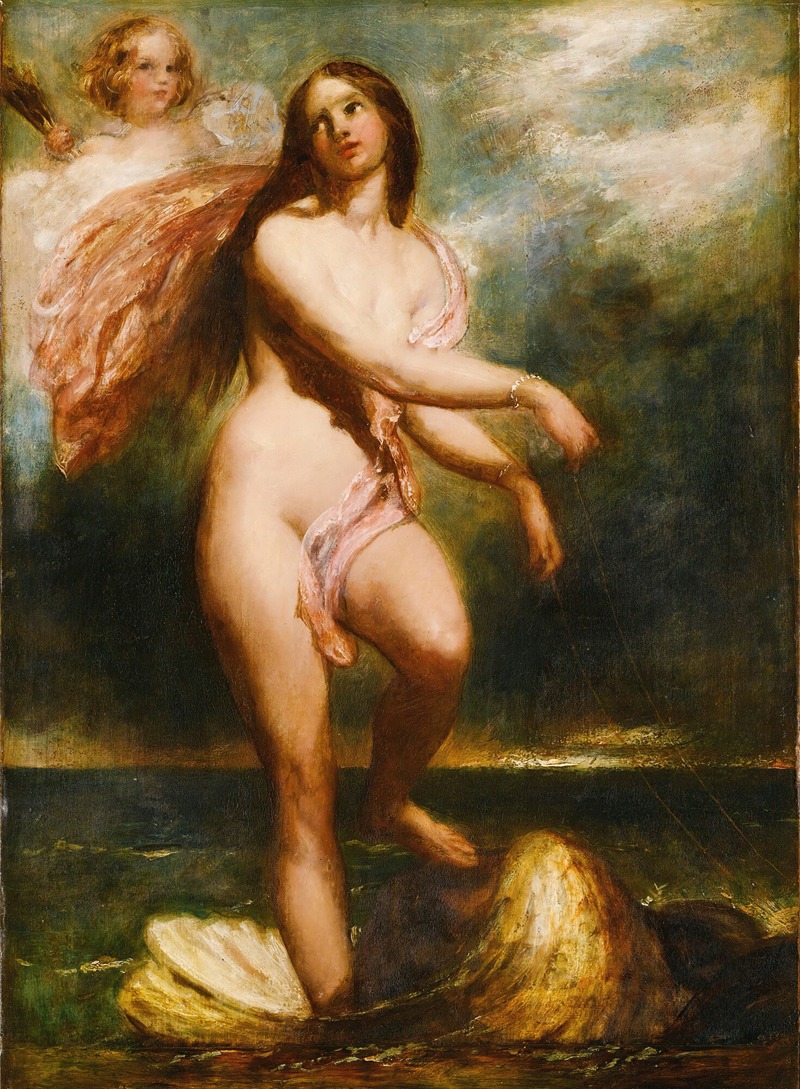
The Birth Of Venus
A hand-painted replica of William Etty’s masterpiece The Birth Of Venus, meticulously crafted by professional artists to capture the true essence of the original. Each piece is created with museum-quality canvas and rare mineral pigments, carefully painted by experienced artists with delicate brushstrokes and rich, layered colors to perfectly recreate the texture of the original artwork. Unlike machine-printed reproductions, this hand-painted version brings the painting to life, infused with the artist’s emotions and skill in every stroke. Whether for personal collection or home decoration, it instantly elevates the artistic atmosphere of any space.
William Etty's "The Birth of Venus" is a notable work by the English artist, who was renowned for his history paintings containing nude figures. Etty, born in 1787 in York, England, became a significant figure in the British art scene during the 19th century. He was particularly known for his ability to depict the human form with a rich palette and a keen sense of color and texture, often drawing inspiration from classical themes and mythological subjects.
"The Birth of Venus" is one of Etty's interpretations of the classical myth of Venus, the Roman goddess of love and beauty, who was said to have been born from the sea. This theme has been a popular subject in art history, with various artists offering their interpretations over the centuries. Etty's version contributes to this tradition by showcasing his distinctive style and approach to the subject matter.
Etty's painting captures the moment of Venus's emergence from the sea, a scene that allows for the exploration of the nude form, which was a central element in Etty's work. His treatment of the subject reflects his admiration for the works of the Old Masters, particularly the Venetian painters like Titian, whose influence is evident in Etty's use of color and composition. Etty's "The Birth of Venus" is characterized by its vibrant hues and the sensuous rendering of the goddess's figure, set against a backdrop that emphasizes her divine and ethereal nature.
Throughout his career, Etty faced both acclaim and criticism for his focus on the nude, which was a contentious subject in Victorian England. While some praised his technical skill and the beauty of his compositions, others viewed his work as indecent. Despite this, Etty remained committed to his artistic vision, often defending the moral and educational value of studying the human form.
"The Birth of Venus" exemplifies Etty's dedication to classical themes and his ability to blend them with a romantic sensibility. His work often sought to convey the beauty and complexity of human emotions and experiences, using mythological subjects as a vehicle for exploring these ideas. Etty's paintings, including "The Birth of Venus," are noted for their lush, painterly quality and the artist's skillful handling of light and shadow.
Today, William Etty's contributions to art are recognized for their boldness and technical proficiency. His works are held in various collections, including major institutions such as the Tate Britain and the York Art Gallery, which houses a significant number of his paintings. Etty's legacy is that of an artist who, despite the controversies of his time, remained true to his artistic ideals and left a lasting impact on the depiction of the human form in art.





